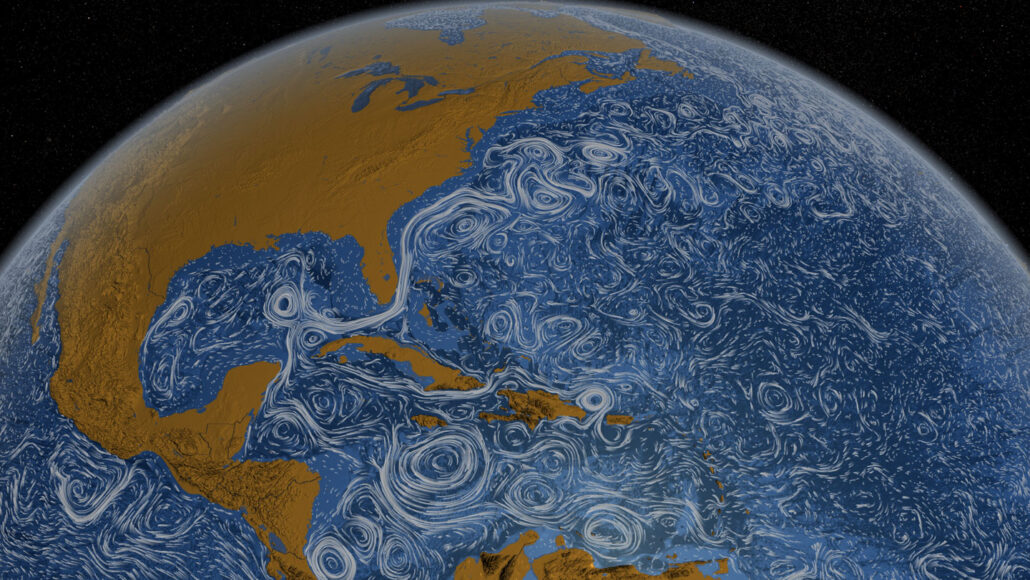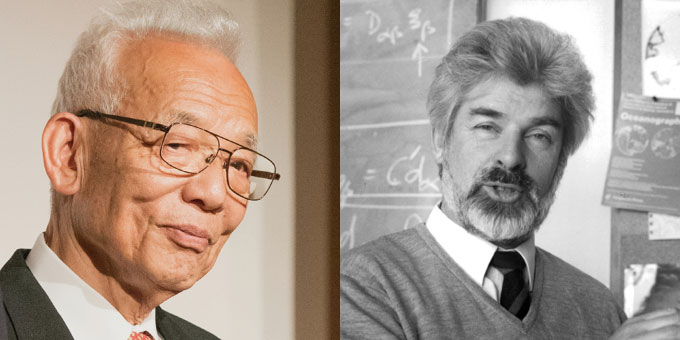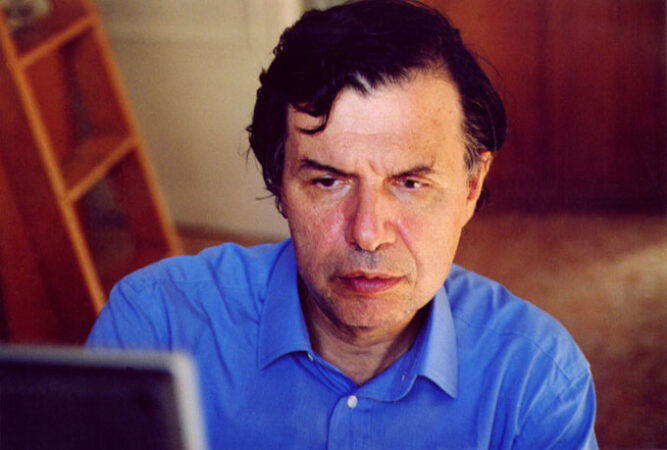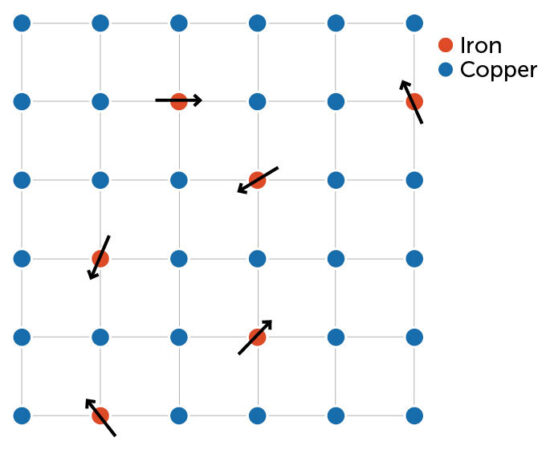Research on climate and more brings trio the 2021 physics Nobel Prize
Syukuro Manabe, Klaus Hasselmann and Giorgio Parisi each made sense of disordered systems

Syukuro Manabe’s and Klaus Hasselmann’s work laid the foundation for simulations of Earth’s climate and other complex systems, such as ocean surface currents, shown in this visualization.
Goddard Space Flight Center Scientific Visualization Studio/NASA
The world is full of complex systems, great and small. On a large scale, Earth’s climate is a complicated web of interactions. On a tiny scale, so is the physics that governs atoms and molecules. The 2021 Nobel Prize in physics honors three scientists who shed light on such intricate systems.
Two of the winners worked on computer simulations of Earth’s climate. One is climate scientist Syukuro Manabe. He works at Princeton University in New Jersey. The other is Klaus Hasselmann. Also a climate scientist, he works at the Max Planck Institute for Meteorology. That’s in Hamburg, Germany. The third winner, Giorgio Parisi, is a physicist in Italy at Sapienza University of Rome. Parisi won for his research on the disorderly behavior of atoms in materials.

The Royal Swedish Academy of Sciences announced their award on October 5.
All three men used a similar strategy to tackle complexity. They each captured a specific piece of a complex system in a computer model. A model is a mathematical representation of something in the real world. Studying their models gave each researcher new knowledge. That knowledge could then be used to make more complex descriptions of phenomena in nature.

This technique helped the researchers understand perplexing systems, says Brad Marston. He’s a physicist at Brown University in Providence, R.I. “There’s an art,” he says, “to constructing a model that is rich enough to give you interesting … results, but simple enough that you can hope to understand it.”
Awarding part of the prize to climate research sends a message to world leaders, said Göran Hansson. He’s the secretary-general of the Royal Swedish Academy of Sciences. He spoke at the award announcement. That message, Hansson said, is that “global warming is resting on solid science.”
Capturing climate
Humans are filling the atmosphere with carbon dioxide (CO2) and other greenhouse gases. As a result, Earth’s average temperature has increased more than 1 degree Celsius (1.8 degrees Fahrenheit) over the past two centuries. That warming is affecting every region of the globe. It makes droughts, wildfires and other extreme weather events worse. Climate models help scientists understand and forecast this crisis.
Manabe’s work laid the foundation for climate modeling. “He really did construct the models from which all future climate models were built,” says John Wettlaufer. He’s a member of the Nobel Committee for Physics. Manabe’s research was essential for improving climate predictions, Wettlaufer says.
Manabe studied how rising CO2 levels would change temperatures on Earth. In one simple model, Manabe simulated a single column of the atmosphere. Air masses in that column rose as they warmed, then fell as they cooled. This revealed that doubling the CO2 in the atmosphere would boost the temperature by more than 2 degrees C (3.6 degrees F). Manabe’s technique would be expanded to make larger models. Those models could simulate the entire atmosphere, for instance. Or they could include the effects of the oceans.
“I never imagined that this thing I would begin to study had such huge consequences,” Manabe said. He spoke at a news conference at Princeton on October 5. “I was doing it just because of my curiosity.”
Hasselmann studied how different climate processes work over different timescales. For instance, weather changes on a daily basis. Seasonal variations are slower. And the gradual heating of Earth’s oceans is slower still. Hassleman showed how short-term jitters could be added to strengthen models of long-term climate change.
Honoring this research affirms scientists’ understanding of climate change, says Michael Moloney. He heads the American Institute of Physics. That’s in College Park, Md. The models used to understand climate change “are world-class science,” he says. They’re “up there with all the other great discoveries” that have won Nobels.

Educators and Parents, Sign Up for The Cheat Sheet
Weekly updates to help you use Science News Explores in the learning environment
Thank you for signing up!
There was a problem signing you up.
Making sense of materials
Like Earth’s climate, the inner world of atoms is also complex. Parisi aimed to understand such microscopic disorder. He studied a type of material called a spin glass. Its atoms act like small magnets. They do this because they have a quantum property called spin. But the atoms can’t agree on which direction to point their magnets. This results in a messy arrangement.

Parisi used math to describe such spin glasses. His work also touches on other complex topics. For instance, he has studied the flocking patterns of starlings and other animals.
Parisi’s work doesn’t directly focus on climate. But in an interview during the Nobel announcement, he commented on that half of the prize. To protect future generations, he said, “we have to act now, in a very fast way.”
For their work, Manabe, Hasselmann and Parisi will split the Nobel Prize. The award is 10 million Swedish kronor. That amounts to a little more than $1.1 million. Manabe and Hasselmann will share half. The other half will go to Parisi.
Carolyn Gramling contributed to reporting this story.







